My dad, Herbert Miller, was trained as a replacement troop during the fall of 1944, arrived in Europe in December of that same year, and was assigned to Company L, 333rd Regiment, 84th Infantry Division. The 84th was known as the Railsplitters. He fought in the Battle of the Bulge in Belgium and later in parts of Luxembourg, Germany, and France.
I am continuing with the transcriptions of the letters my dad wrote home while he served his country during WWII. The war was over by this time and he served in the Occupation Force in Germany until he had enough time and points to be honorably discharged.
As I transcribed today’s second letter I learned something very interesting, an event my dad attended that I had never heard about before. I found it very interesting and can’t believe my dad never mentioned it.
Envelope postmarked 13 July 1945, to Mr. & Mrs. Carl F. Miller, RR #1 Willshire, Ohio. Letter inside stamped Berne, Ind, 3 Aug 1945:
11 July 1945
Schriesheim, Germany
Dear Mom & All,
It’s noon, just came in from an 8 mile hike, and it is really raining. I hope we don’t have anything this afternoon, but I don’t imagine the rain will keep us in.
We don’t get much mail at all. I received 2 letters in the last five days and when we’re up in line I used to get four or five a day.
In your next letter would you send a plastic cigarette case and some flint and wick for cigarette lighter. One guy went back on pass and I asked him if he would get me one in France. When he came back he said they were only half as big as ours and they cost $50. Things are really high in France. That black leather one you got me when I was home, I lost it and that red and black cigarette lighter in a fox hole in Belgium. I also lost that trench knife I bought at Fort Meade. I lost it in the town of Haardt [Hardt]. A couple of machine guns had this platoon pinned down on a hillside and we made a dash for a tree but the knife blade caught on a fence and it stayed there.
How are the crops coming along? Have you cut any wheat yet? The company commander said that we would be in Germany till January. We usually have a show on Tuesday Friday, and Sunday. But we didn’t have any last night.
I traded 7 candy bars to a guy in the squad that doesn’t smoke for a carton of Lucky Strikes. We get 20 candy bars for a month, so I don’t need any cigarettes. There are 14 men in the squad here and two don’t smoke. Of these 14 men there are 6 men who have been wounded in action and these have all come into the outfit since I have.
We have night problems, 8 mile hikes and maneuvers here, just like Basic Training.
Can’t think of any more to write so I had better close. I am feeling fine and hope you are the same.
Love,
Herbie
P.S. Please send a package.
That is the last of the letters I have that my dad wrote to his parents in 1945. The next letter I have that he wrote to his parents is dated March 1946. However, I still have some letters he wrote in 1945, letters to his sister Em and her husband Norval “Jack” and I will continue with them.
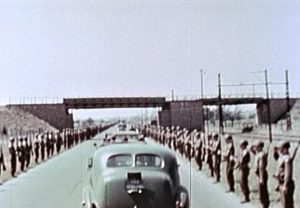
President Truman drives by 84th Infantry Division, 26 July 1945. Herbert Miller is standing along the road. (Photo from Critical Past LLC, used with license.)
From Pfc Herbert Miller to Mr. & Mrs. Norval Weitz, Rockford, Ohio.
31 July 1945
Germany
Dear Em & Jack,
I received your letter yesterday and sure was glad to hear from you. I also received a box from [part of page missing]…thing coming [part of page missing]… very delicious.
So Norval is kept pretty busy.
Life over here is easier than farming. I mean now. All we do is training and the officers who give the classes are the same officers we had in combat. So they don’t think much of it and give us a break.
President Truman inspected the 84th Division the other day and they took a newsreel of it. If you ever see the newsreels you will find me standing along the road. We stood at a 4 yard interval on both sides of the road and the President drove between us. I’m the 8th man this side of the overhead railroad bridge.
Now we didn’t get to see very many movies. About two a week in all.
We had a [part of page missing]…the other day for [part of page missing]… One of the guys got [missing] bag of sugar and had it [part of page missing]… The whole Co. is allowed only 50 pounds of sugar a week and there are 165 in the Co.
It is raining out today and has been raining all morning. I was on guard from 03:00 to 04:00 and on barracks ordering today so that gives me a chance to write some letters.
I imagine the corn is too tall to plow now.
Must close for now. Am feeling fine and hope you are the same.
Love,
Herbie
P.S. I have plenty of razor blades. Can you get flints for the lighters? We can’t.
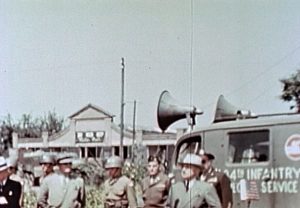
President Truman addresses 84th Division, 26 July 1945, Frankfurt, standing in front of an 84th Infantry Division truck with Railsplitter emblem. Critical Past LLC photo, used with license.
That certainly was some interesting information! He probably never thought that his daughter and others would be looking at that newsreel nearly 73 years later. I never knew that my dad saw President Truman or that he was filmed as the President drove by.
We Googled Truman Inspects the 84th and we actually found several websites that show the newsreel my dad mentioned! Below is a link to the newsreel. The portion my dad mentioned he is in is about 1:03 minutes into the film.
Harry Truman, WWII, Inspects 508th Inf Reg 26 Jul 1945, Criticalpast
Truman inspected the troops on 26 July 1945 and, although the film goes very fast, you can see the troops lined along both sides of the road and you can see the overhead railroad track my dad described. I wish I knew which side of the road and my dad was standing on, but I know he was there, along that road when President Truman drove by. Something pretty awesome to consider.
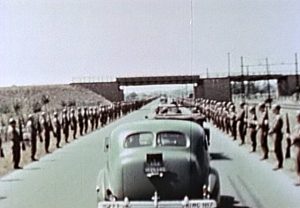
President Truman drives by 84th Infantry Division, Frankfurt, Germany, 26 July 1945. Herbert Miller standing along the road, near the bridge. (Photo from Critical Past LLC, used with license)
President Truman is in the convertible, the car in front of the sedan.
On that day, 26 July 1945, President Truman inspected the 84th Infantry Division, the 508th Parachute Infantry Regiment of the 82nd Airborne Division, and the 3rd Armored Division, all at Frankfurt, Germany. Evidently General Eisenhower was also there, at least at the inspection of the 3rd AD between Frankfurt and Darmstadt. Maybe my dad saw him, too!




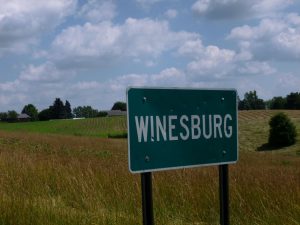
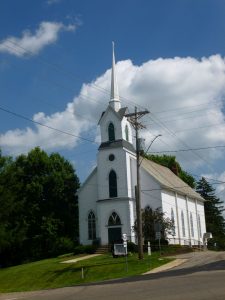
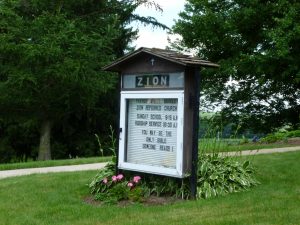
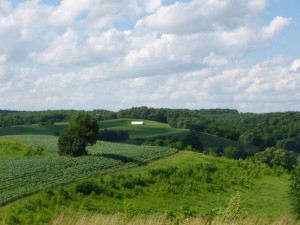
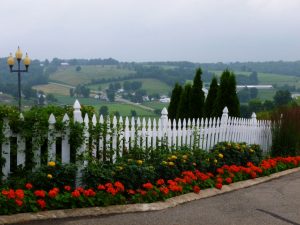
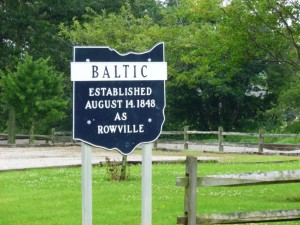
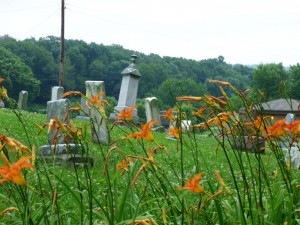
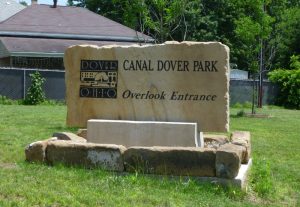
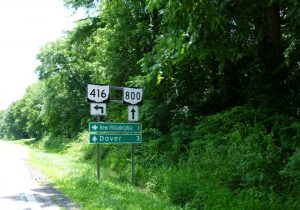
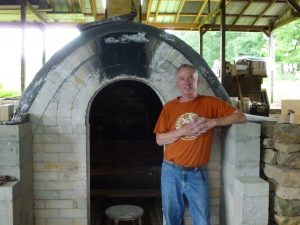

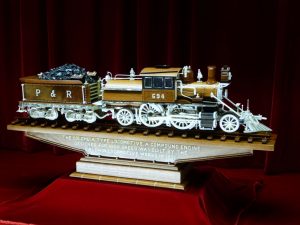


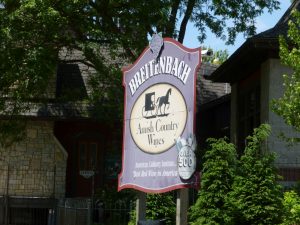
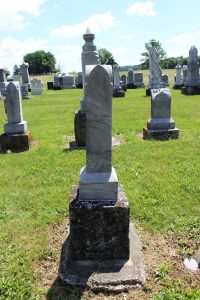
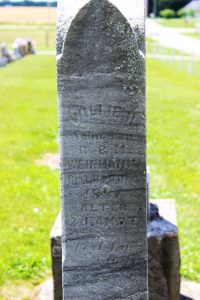
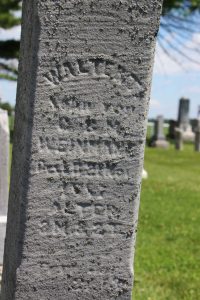
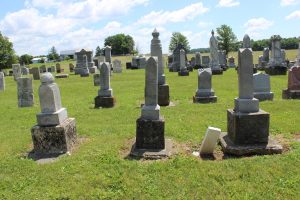
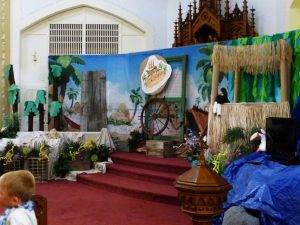

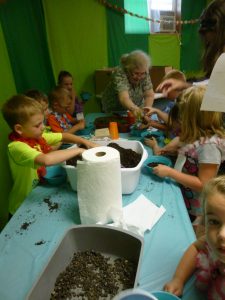
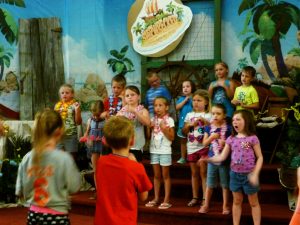

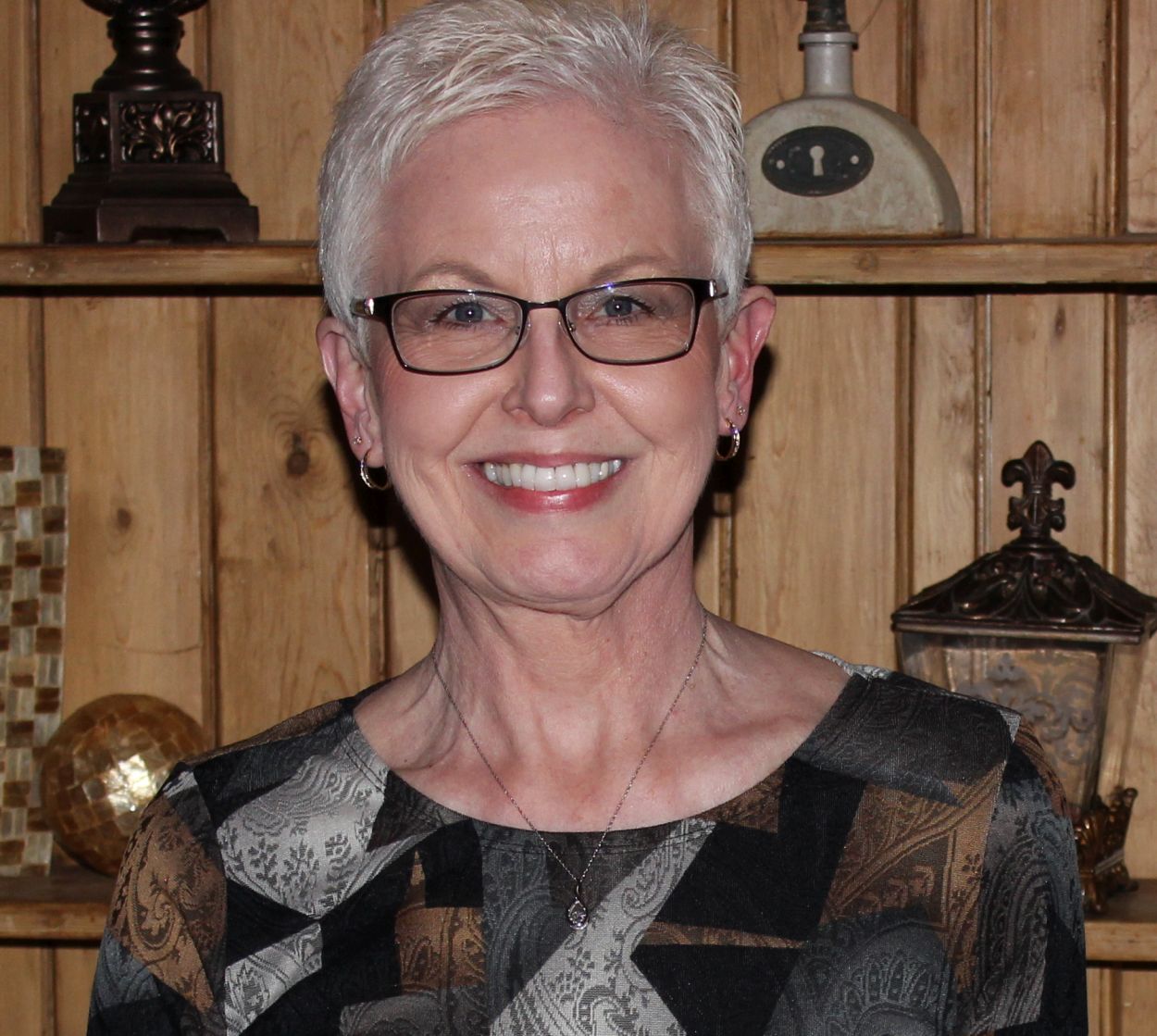
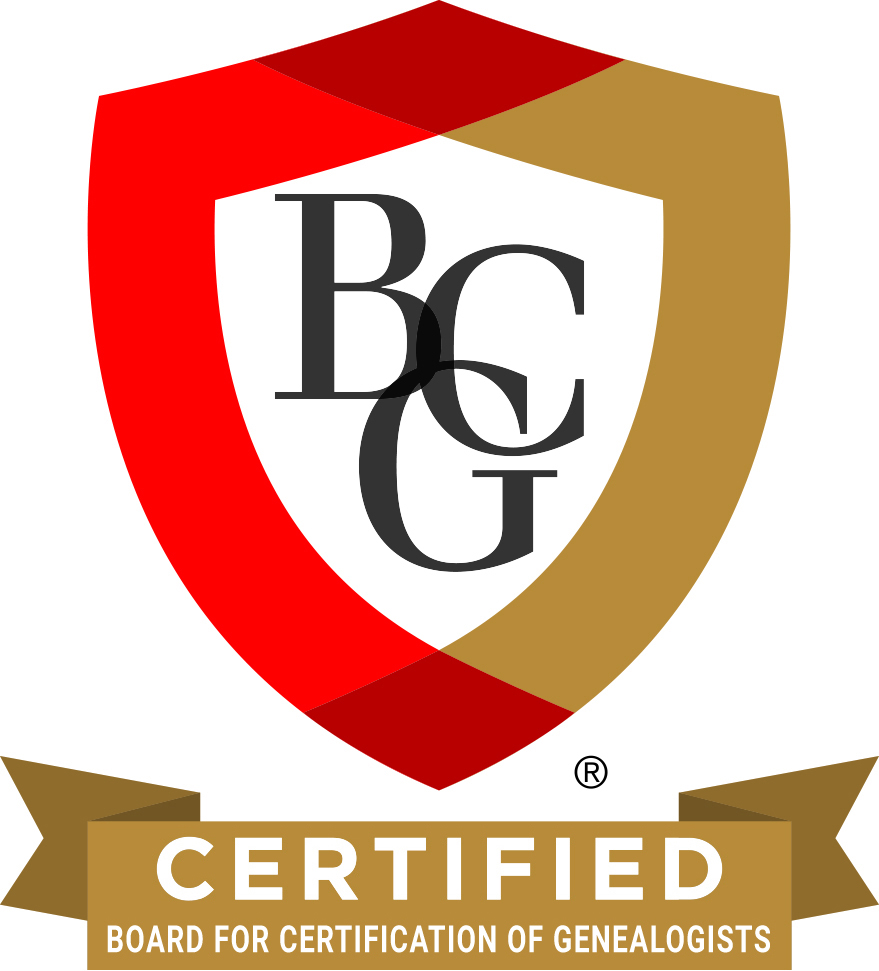


You're welcome, Karen. I'm still working on this also. Thank you so much for all of your wonderful Mercer County…
Very interesting and great picture (I had neersee before) of the church! Thanks for sharing this, Karen.
Ha! I see why you say that. Your original surname was probably something similar to Schmitt.
Thank you for letting me know.
I guess he could have picked a worse name lol, Thanks Karen